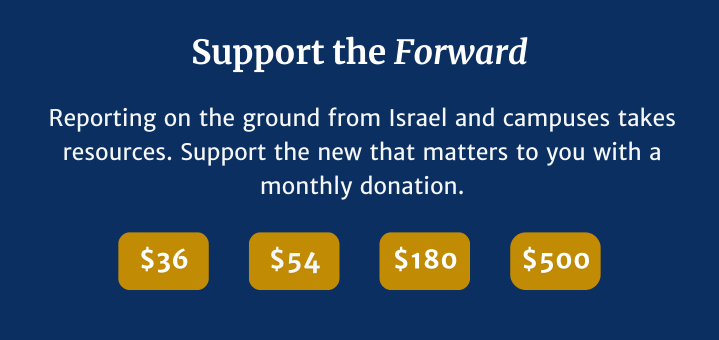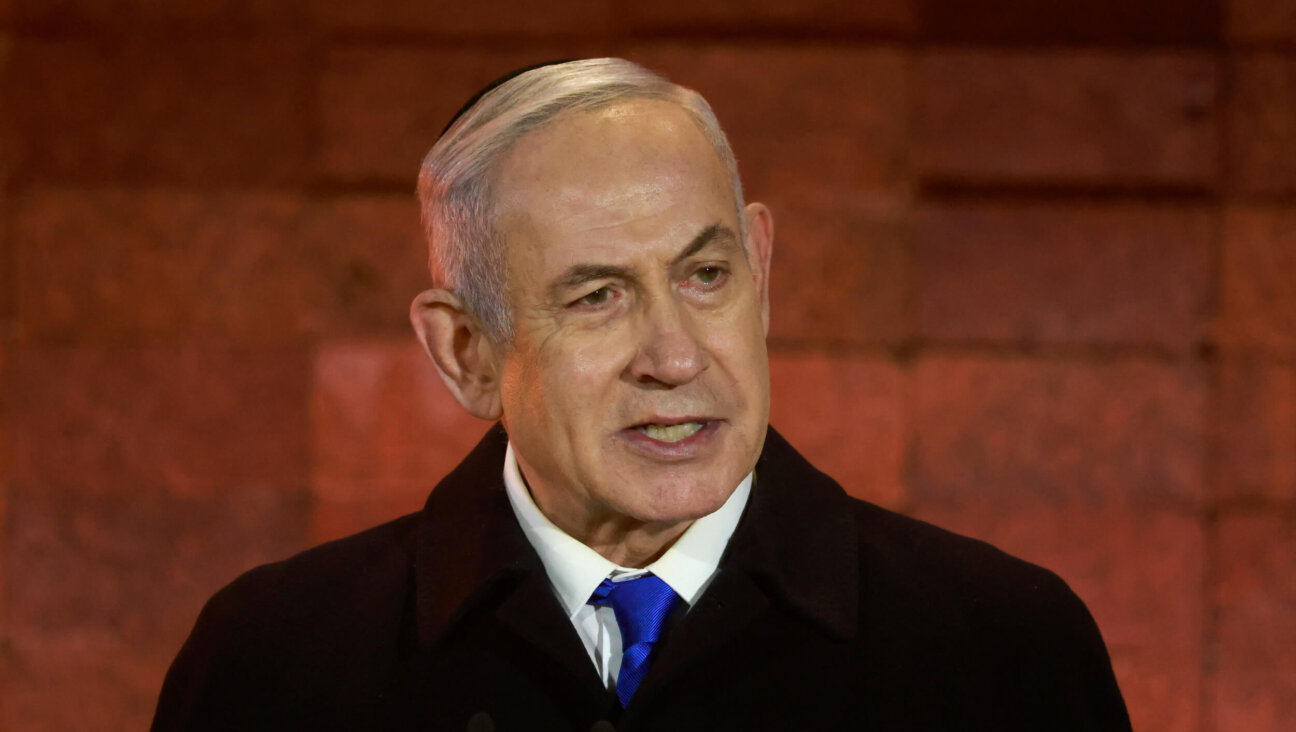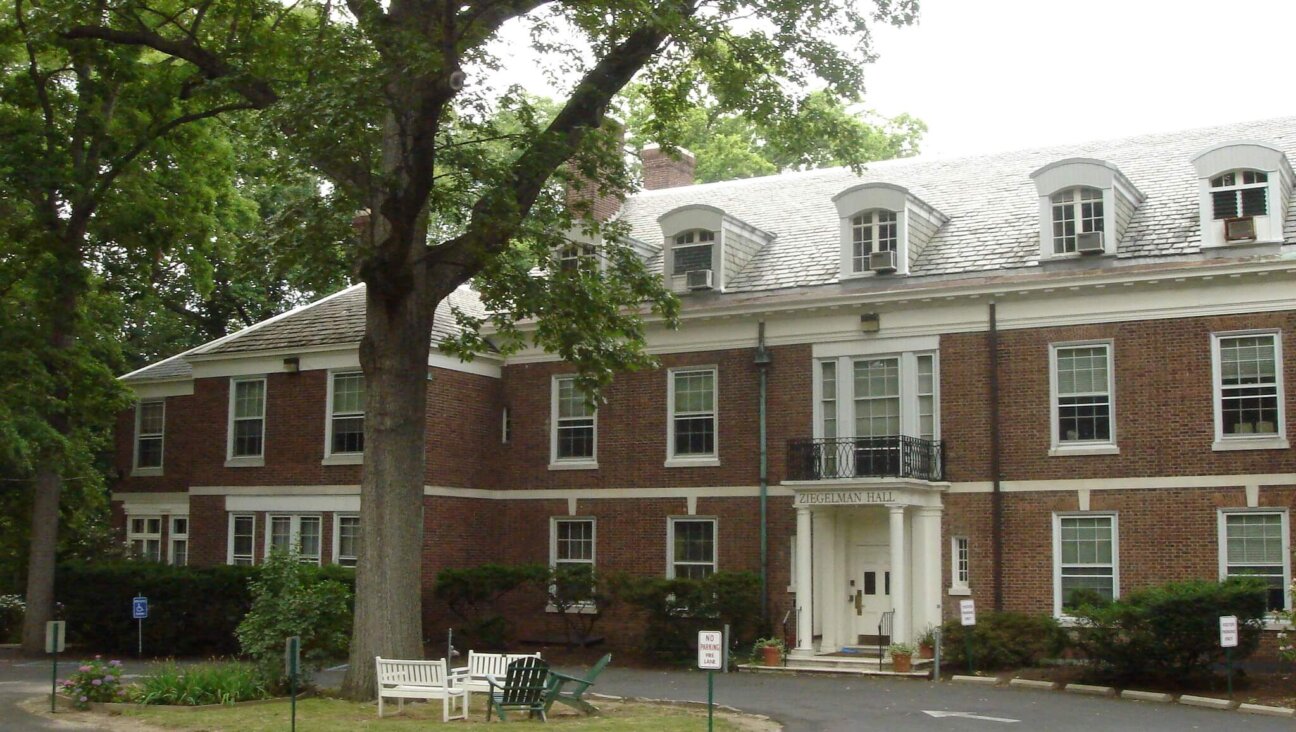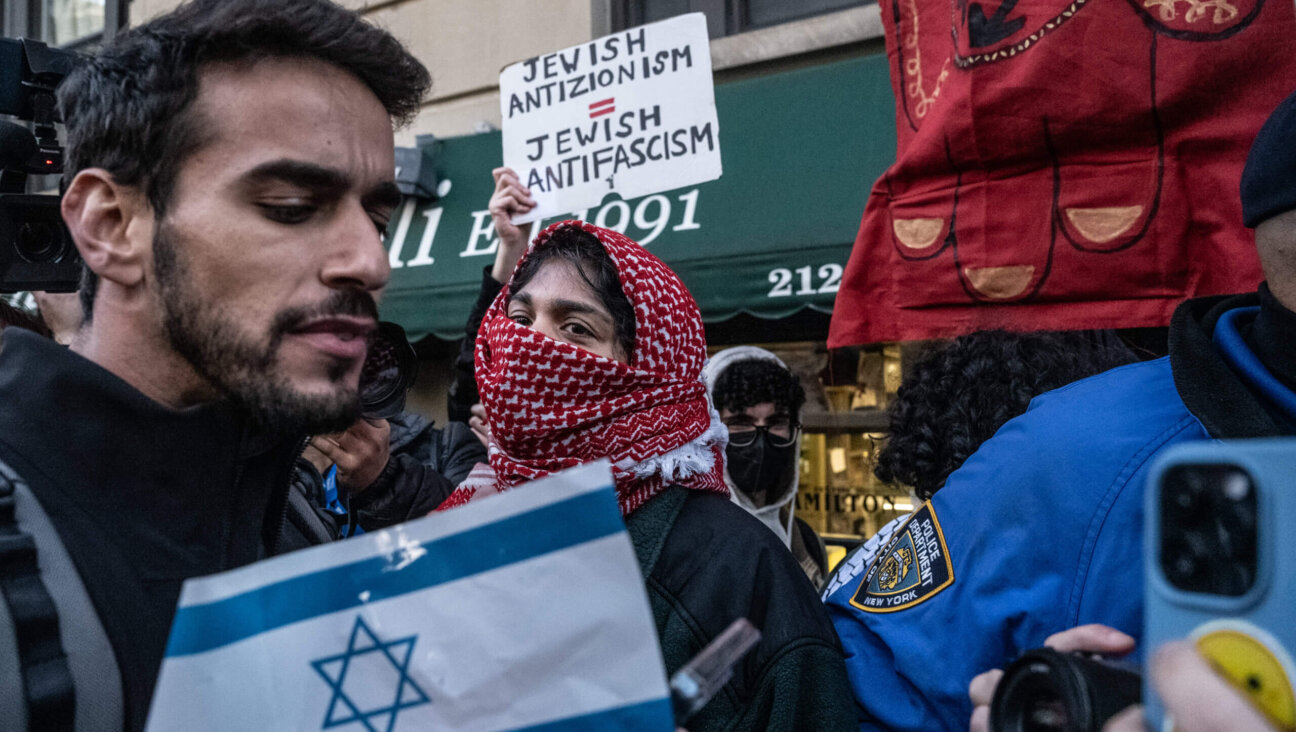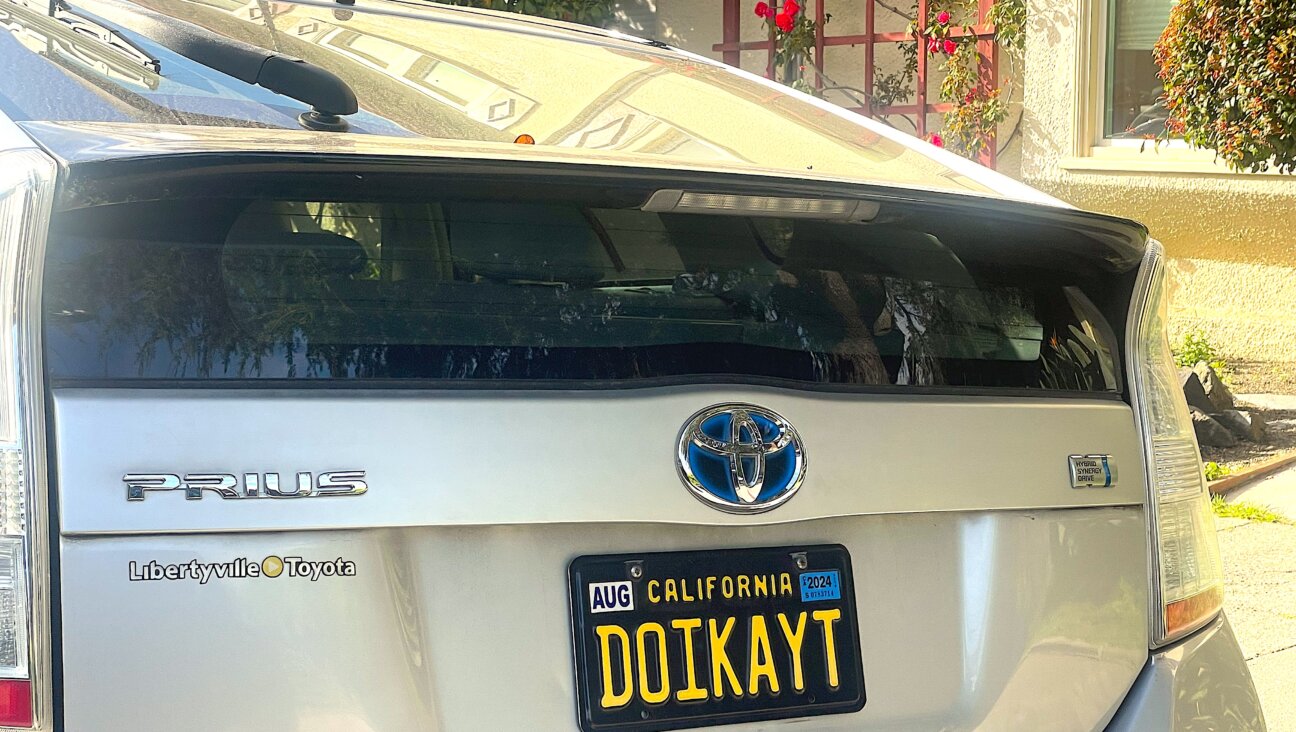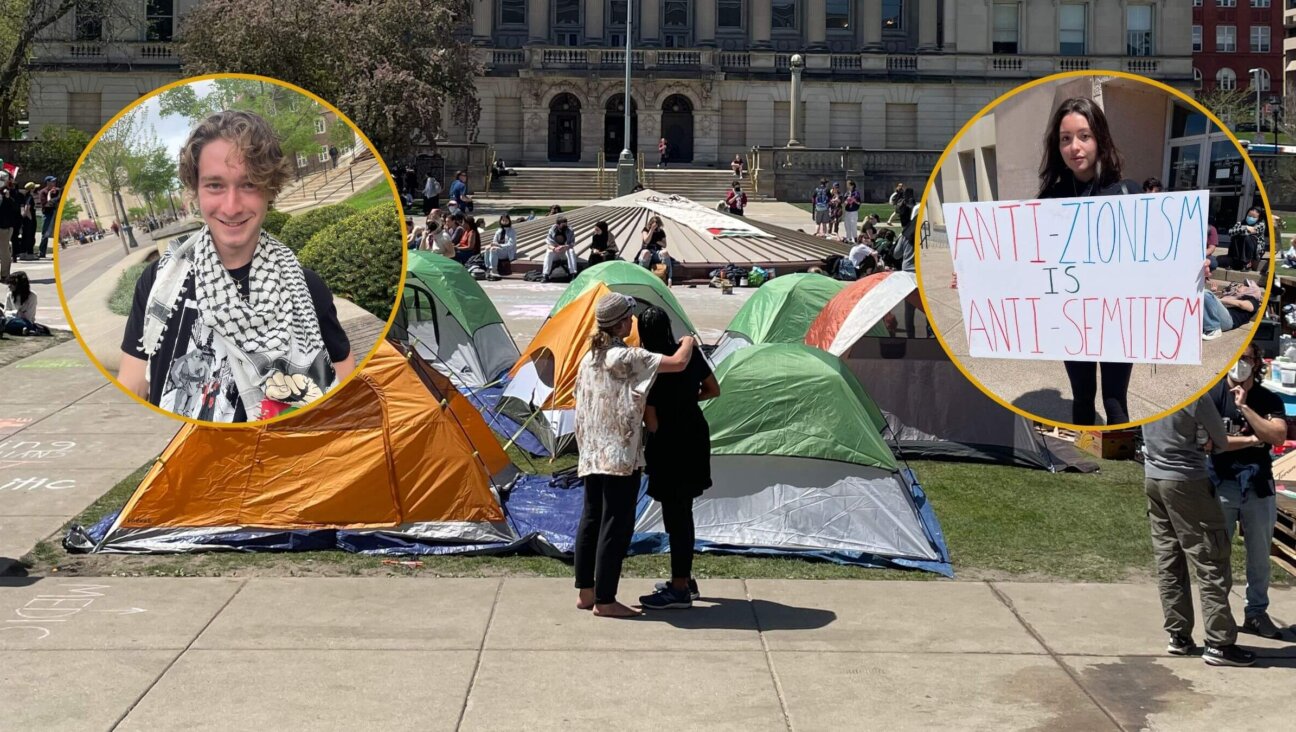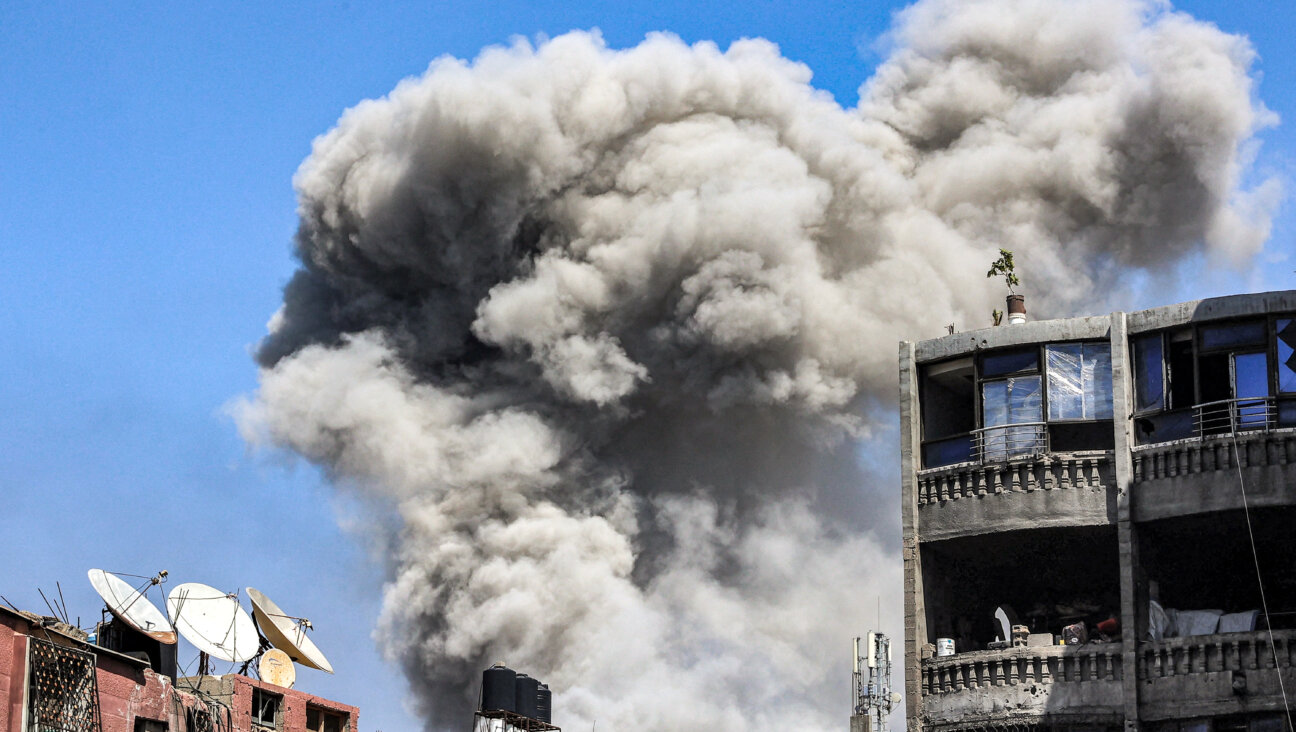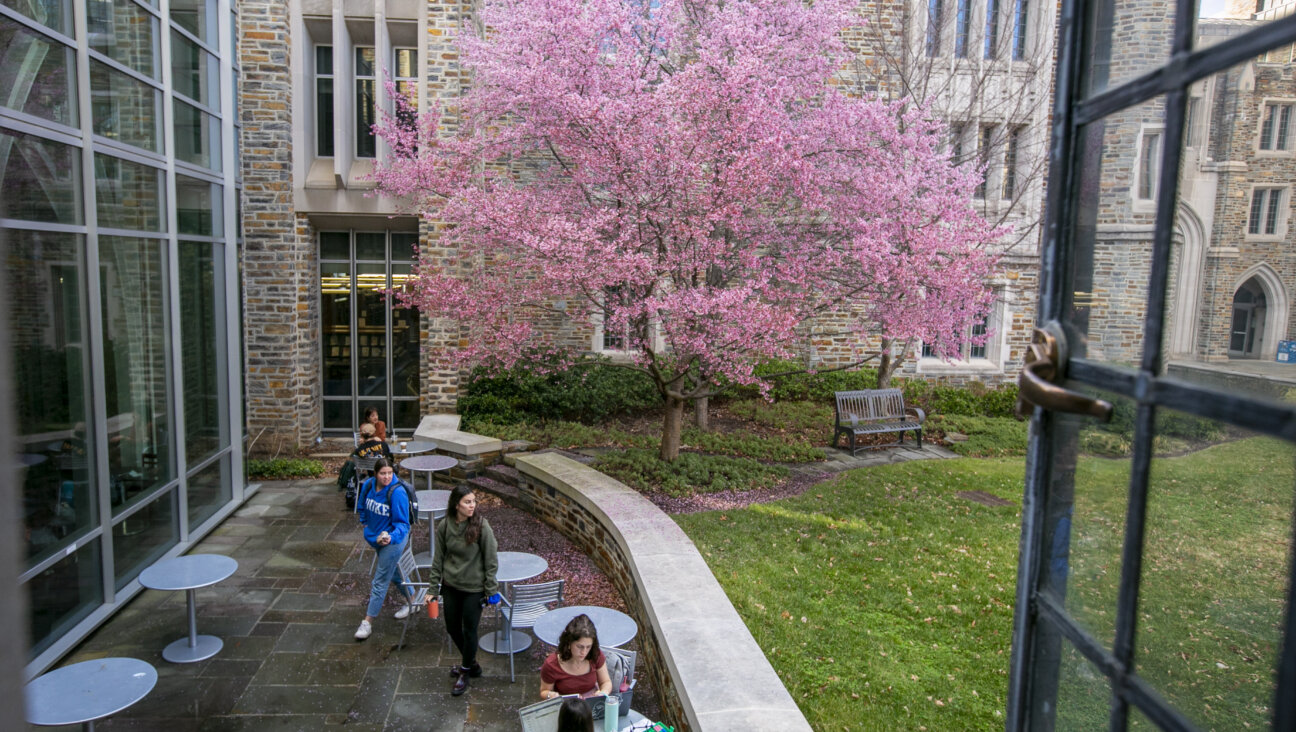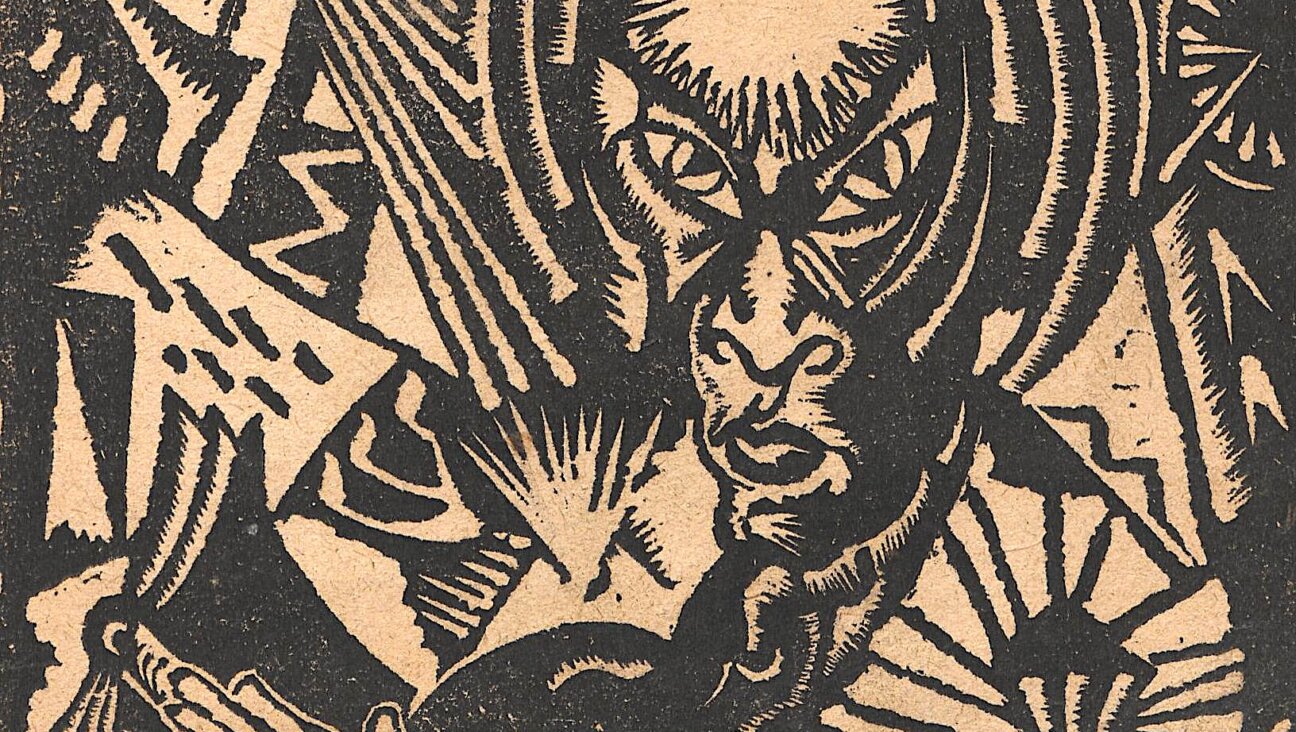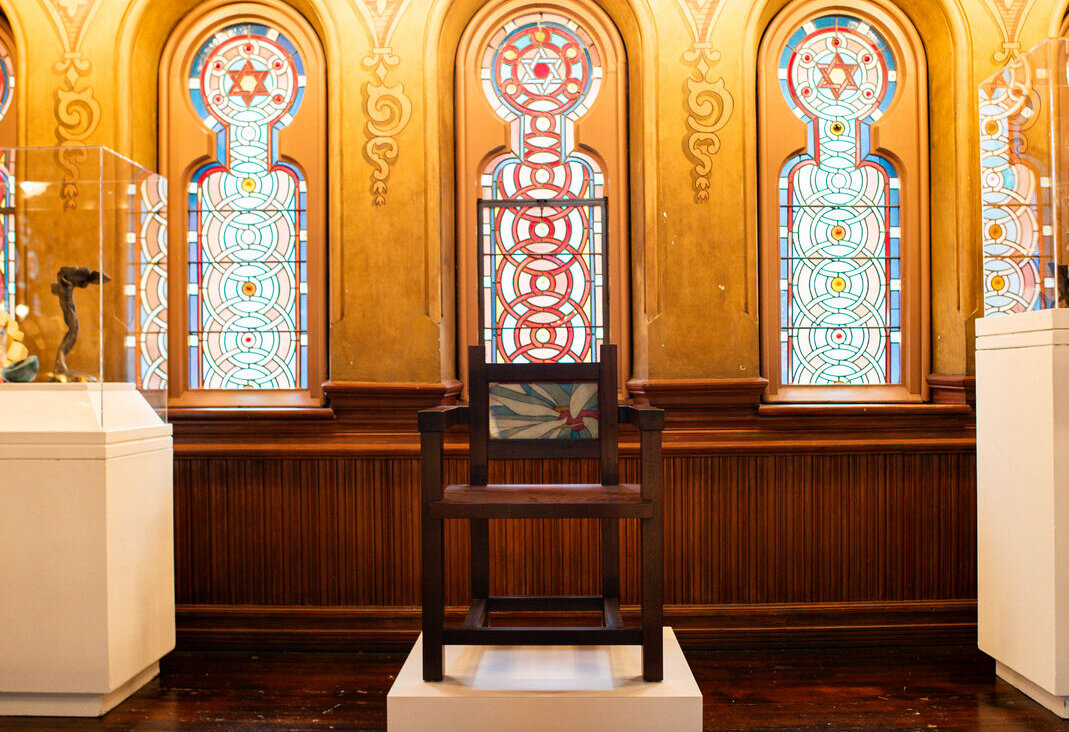A Fast After Fireworks: The 17th of Tammuz

Image by Getty Images
Summer sadness.
The contradiction in that sentence is the crux of the next holiday – the 17th of Tammuz (Shivah Asar b’Tammuz)– which marks the breach of the walls of Jerusalem before the Temple’s final destruction three weeks later on Tisha B’av, the mother of all mourning.
Of course, this summer has provided so much sadness already.
Nine worshippers killed in Charleston.
Concurrent terrorist attacks in France, Tunisia, and Kuwait, which included families slaughtered on the beach and a decapitated head on a gate post.
A close friend of mine – with two small children — discovered her cancer has returned.
Pain doesn’t wait for the “right” time of year.
And so, despite my general resistance to not eating, (I’m sure you’re weary of my fast-kvetching,) it actually feels entirely right to me to fulfill the demands of 17 Tammuz and take a day of self-denial this summer — July 5th, immediately following America’s Independence Day.
“The purpose of a fast is both to pray for salvation, but also to get rid of distraction and privilege and think about what we can do better in the world,” says Elana Stein Hain, Director of Leadership Education at the Shalom Hartman Institute of North America, based in New York.
Stein Hain called “magnificent” the suggestion she read a few years ago in an article by Hebrew Bible professor David Lambert that fasting in the Bible is like a hunger strike. “It’s a way of a human being saying to God, ‘Please change this, or I refuse to eat,’’’ she says. “It’s a way of getting at injustice in the world.”
I get that idea — fasting as a petition instead of penitence.
The other four fasts this year – Tzom Gedaliah, Yom Kippur, the Tenth of Tevet, the Fast of Esther –prompted my thinking about people who are suffering — distantly and very near home.
But it’s one thing to feel obligated and empathetic; it’s another to entreat God with a kind of plea, to say, ‘Please look at this and make it better. I’m changing something basic – I’ve stopped eating: a small cry for urgency.’
I know it sounds obvious to seek an end to senseless gun violence after the insanity of Charleston and Sandy Hook, or to beseech God to keep my friend alive for her small children. Her four-year-old has never known her without cancer.
But there is no escaping the agonizing realities: my friend tells me her medical options are running out. Stein Hain, without realizing it, touches on exactly this unfathomable space – between the knowing-it-will-end and the end itself.
In the Roman siege of Jerusalem, which this fast remembers, the Jews were barricaded in the city, cut off from food and water, dying slowly, inevitably, in full view of their captors. They knew they couldn’t possibly survive, but they tried anyway. Each day alive was a victory.
“There’s resonance in the 17th of Tammuz that only some people in the world understand,” Stein Hain says, “which is that they’re in the moment where they’ve lost—because they know the walls have been breached—but they can’t mourn yet, because it’s not over. Thank God I don’t know that feeling personally. But so many of us have.”
I can hold both pictures in my head – the ancient war crime of starving a people to death, and the modern cruelty of inadequate medicine to save someone I love. They’ll lead me to the same place on Sunday: a brief imposition of discomfort to mark the harsher sentence some must endure.
“It’s so beautiful that there actually is room for that part of the mourning process – the in-between,” Stein Hain adds. “And that’s what I think 17th Tammuz is. It’s the Jewish people nearing the end in Jerusalem. We were nearing the end and we had to wait it out.”
But Stein Hain won’t let me characterize 17 Tammuz as another example of how our tradition dwells on suffering. She insists ours is an uplifting, celebratory religion.
“There is an ongoing debate about whether Jewish history is a sad tale with some intermittent joy, or a joyful tale with some intermittent sadness,” she tells me. “Salo Baron, an American historian of Jewish ancestry, wrote that we’ve been working with the lachrymose interpretation of Jewish history; that we’re just downtrodden. But he rejected that conception.”
When I think about the cycle I’ve spent this past year, I have to agree: the aggregate is uplifting – Rosh Hashanah, Sukkot, Simchat Torah, Hanukkah, Tu B’Shevat, Purim, Passover, Shavuot, Shabbat. Despite the sobriety of atonement, war, slavery, and near-massacre, despite the modern holidays marking the Shoah and fallen soldiers, there has been mainly joy.
“Most days we are just living to the fullest, and on occasion we take note of the hard times,” Stein Hain says. “I think that that is such a testament to our tradition: that we want Jewish life to be normal and happy, but we have to be respectful of the many moments that we experience that are not like that. So a few times a year, we say, ‘Let’s pause.’”
Stein Hain is echoed by Rabbi Steven Exler of the Modern Orthodox synagogue, The Hebrew Institute of Riverdale in the Bronx. “The goal of Jewish life is celebrating and emphasizing life.” He stresses. “But mourning and death are part of life, and three weeks out of the year — between this fast and the fast of Tisha B’av — are geared toward experiencing collective national loss and entering that emotional religious space.”
Exler admits that entering that somber space is difficult in 75-degree sunshine, with friends splashing in the ocean, playing tennis, grilling burgers, or sipping margaritas. “Summer vacation and collective mourning feel at odds with each other,” Exler concedes, “but whatever way a person chooses to incorporate this holiday, it’s actually heightened in the summer, precisely because the contrast is most clear. The 17th of Tammuz sets a little bit of a limit or a reminder within the context of our most freewheeling, fun season. It’s an interesting juxtaposition.”
I ask Exler to help me understand the Temple’s resonance today because the physical structure and its centrality feels so remote. “Even if it doesn’t rattle or shake you to realize that there were centuries upon centuries of Jewish communities for which this place represented the presence of God in their lives, remember this was a place where mourners came, where bridegrooms came, it was the central place for communal Jewish life,” he says. “And the sense of that locus becoming vulnerable is an awareness that even the things we hold most sacred can be violated in this world. Even the most sacred things sometimes can be ruptured —their physical presence gone. So how do I go on?”
How will the Charleston families go on? How will the Nepal earthquake survivors go on? How will my friend’s family go on?
In that space between the sure end and the necessary road to it, there is a fast not only to mark the purgatory, but maybe — hopefully — to bind the people who help get you through it. I’ll be fasting for them.

I hope you appreciated this article. Before you go, I’d like to ask you to please support the Forward’s award-winning, nonprofit journalism during this critical time.
Now more than ever, American Jews need independent news they can trust, with reporting driven by truth, not ideology. We serve you, not any ideological agenda.
At a time when other newsrooms are closing or cutting back, the Forward has removed its paywall and invested additional resources to report on the ground from Israel and around the U.S. on the impact of the war, rising antisemitism and the protests on college campuses.
Readers like you make it all possible. Support our work by becoming a Forward Member and connect with our journalism and your community.
Make a gift of any size and become a Forward member today. You’ll support our mission to tell the American Jewish story fully and fairly.
— Rachel Fishman Feddersen, Publisher and CEO
Join our mission to tell the Jewish story fully and fairly.







